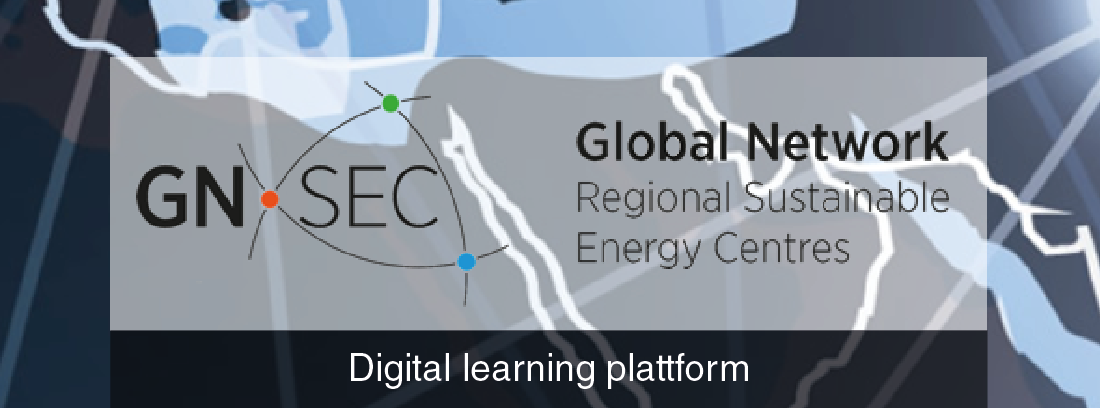19 October, 2021. Following the adoption of the PCREEE’s Business Plan, the PCREEE’s sustainable mobility programme was presented to a Transportation Stakeholders’ Consultation Workshop at Nukuálofa on 19 October.
Based on Tonga’s NDC (2015), the highest GHG emitting sector is the transport sector (40%) followed by the electricity sector (23%), agriculture (21%), waste (11%) and others (5%). Transport and the electricity sector which are the biggest consumers of fossil fuel in the country and therefore account for more than a half of the country’s GHG emission.



